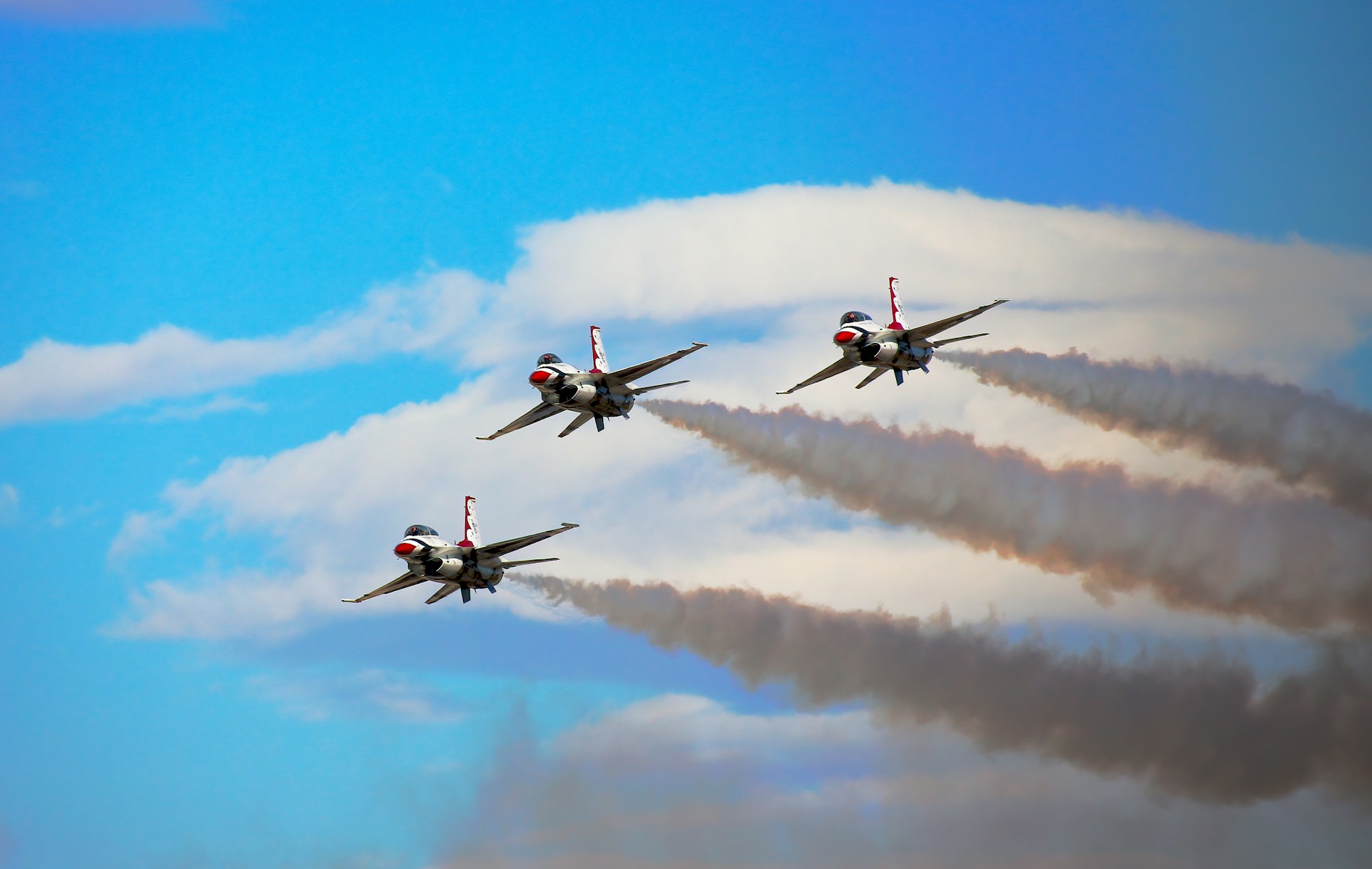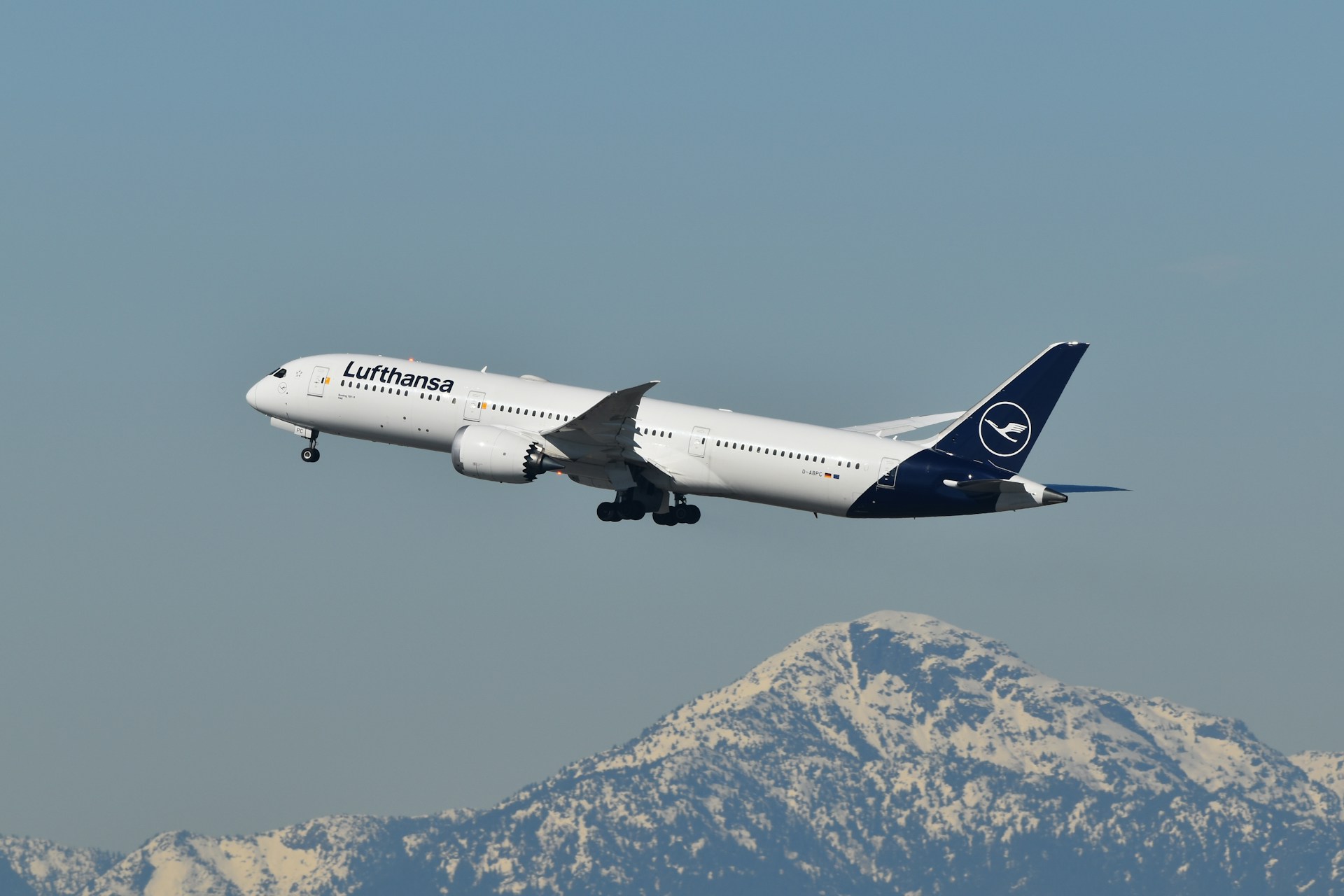Lockheed Martin Pushes for F-22 Raptor Upgrades as Air Force Weighs Retirement Plans
Key Takeaways
- Lockheed Martin is advocating for a comprehensive modernization of the U.S. Air Force’s F-22 Raptor fleet instead of retiring its oldest jets.
- The proposed upgrades would extend the operational life of early-production F-22s that lack the advanced systems found in newer variants.
- Modernizing existing aircraft offers a cost-effective alternative to developing entirely new platforms amid defense budget pressures.
- The initiative gains urgency as the Next Generation Air Dominance (NGAD) program experiences schedule uncertainty.
- With only 187 operational F-22s, sustaining the Raptor fleet remains vital for maintaining U.S. air superiority in the face of global threats.
The Case for Modernization Over Retirement
Lockheed Martin has taken a firm stance in favor of upgrading, not retiring, the U.S. Air Force’s earliest F-22 Raptors. The defense giant argues that investing in avionics, sensors, and structural life-extension programs could preserve the aircraft’s relevance well into the 2030s.
Early-block Raptors lack many of the software and electronic warfare capabilities found in later models. By bringing those aircraft up to common configuration standards, Lockheed contends that the Air Force can retain valuable combat assets without undertaking an entirely new fighter development program—a process that would take decades and cost tens of billions.
The company’s proposal emphasizes that each F-22, with a per-unit development cost exceeding $150 million, remains a strategic national asset. Extending their service life ensures that U.S. air dominance doesn’t erode before sixth-generation platforms like NGAD become operational.
Balancing Short-Term Readiness and Long-Term Strategy
The U.S. Air Force faces a difficult balance: maintaining a ready, capable fighter force while investing in future technology. Older Raptors have become increasingly expensive to maintain, but retiring them outright could leave gaps in air superiority coverage.
Advocates of modernization argue that incremental upgrades—particularly to the aircraft’s mission systems, radar, and data-link connectivity—would deliver measurable performance gains at a fraction of the cost of a new program.
Opponents, however, suggest that the Air Force should concentrate its resources on NGAD, the classified sixth-generation program designed to incorporate artificial intelligence, stealth enhancements, and drone teaming capabilities. But with NGAD’s timeline extending into the 2030s, the F-22 remains indispensable to U.S. air power.
Economic and Industrial Considerations
Upgrading the F-22 fleet would also preserve critical manufacturing expertise and supply chains that support stealth aircraft production and maintenance. Lockheed Martin’s modernization plan includes infrastructure updates, workforce retention, and technology refreshes across its network of suppliers.
Analysts note that maintaining the F-22 production ecosystem—albeit through upgrades rather than new builds—ensures industrial readiness for NGAD manufacturing later this decade. The approach also protects jobs and technical capabilities in advanced composites, radar absorbent materials, and stealth coatings.
Strategic Imperatives: Countering Global Competitors
Global developments add urgency to the modernization debate. China’s Chengdu J-20 stealth fighter continues to mature operationally, and Russia’s Sukhoi Su-57 has entered limited service. Both programs aim to challenge U.S. air dominance in contested airspaces.
A modernized F-22 fleet would provide a bridge capability until NGAD is ready, ensuring that the U.S. can continue projecting power in both the Indo-Pacific and European theaters. Enhanced electronic warfare suites and data fusion systems could allow upgraded Raptors to operate seamlessly alongside future platforms in multi-domain operations.
FAQs
How many F-22 Raptors are currently in service?
The U.S. Air Force operates roughly 187 F-22 Raptors, all produced before 2011 when the production line was closed.
What upgrades are being proposed for the F-22?
Lockheed Martin’s plan includes avionics modernization, software updates, new mission computers, enhanced radar, and electronic warfare upgrades, along with structural reinforcements to extend airframe life.
Why did production of the F-22 end?
Production stopped due to high costs and shifting strategic priorities toward counterinsurgency operations in the early 2010s. The decision is now seen as premature amid renewed great-power competition.
How does this affect the Next Generation Air Dominance (NGAD) program?
Modernizing the F-22 provides a capability bridge until NGAD is ready for service, ensuring continuity of air superiority while next-generation systems are developed.
What global threats make the F-22 vital today?
Rising tensions in the Indo-Pacific region and advancements in foreign stealth fighter technology make the F-22’s stealth and performance capabilities crucial for deterrence and air dominance.
✈️ Bottom Line:
Lockheed Martin’s push to modernize the F-22 Raptor underscores a pivotal moment in U.S. airpower strategy. As the Air Force navigates between maintaining current superiority and investing in next-generation systems, extending the Raptor’s life could prove the most pragmatic path—ensuring America’s skies remain uncontested, secure, and ready for the future.
.zip%20-%201.PNG)



